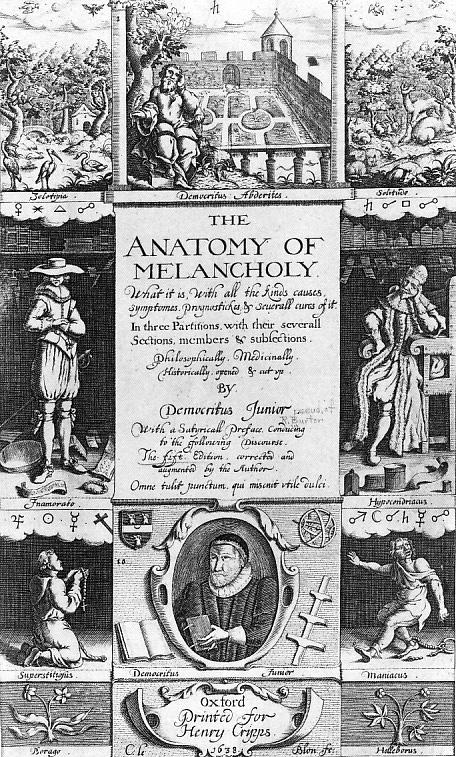From standing Pooles
From boggs; from ranck and dampish Fenns,
From Moorish breaths, and nasty Denns,
The sun drawes up contagious fumes.Thomas Dekker, News from Graves End (1604)

Jan Janssonius, Atlas Novus vol. 4. Map depicting unsettled areas amidst the undrained fenlands.
Jan Janssonius, Atlas Novus vol. 4. Map depicting unsettled areas amidst the undrained fenlands.
Click here to view Wikimedia source.
 This work is licensed under a Creative Commons Public Domain Mark 1.0 License.
This work is licensed under a Creative Commons Public Domain Mark 1.0 License.
In 1664, Nathaniel Henshaw, a founding fellow of the Royal Society, conceived of an invention which, he thought, could provide significant respite from the “moorish breaths” and “contagious fumes” of England’s fens and marshlands. Representing one of the many creative attempts to cultivate “good,” ague-free air, his “Aero-chalinos” (air-chamber) was possibly the first attempt at crafting a modern air-conditioning system. Detailed in his pamphlet of the same name, Henshaw provides step-by-step instructions for his do-it-yourself “air chamber.” Henshaw’s invention is described as utilizing “a very large pair of Organ bellows” to help decompress the air of a chosen room through a copper pipe in the wall and into a bucket of water outside. The purpose of Henshaw’s contraption was simple: to simulate the conditions of a foreign climate, with his logic being “that Lice bred on this side the Line, (or Aequator) will immediately all die on the other side the Line.” Similarly, it was thought that the artificial creation of a “foreign” climate would be sufficient in deterring unwholesome, malarial airs.

“All the infections that the sun sucks up / from bogs, fens, flats…” Ariel and Caliban by William Bell Scott, 1865. Oil on canvas.
“All the infections that the sun sucks up / from bogs, fens, flats…” Ariel and Caliban by William Bell Scott, 1865. Oil on canvas.
Click here to view Wikimedia source.
 This work is licensed under a Creative Commons Public Domain Mark 1.0 License.
This work is licensed under a Creative Commons Public Domain Mark 1.0 License.
Fundamental to the understanding, treatment, and prevention of malaria in early modern England was this crucial distinction between “good” and “bad” airs. Whether found on the shores of the Ganges or Thames Estuary, malaria has long been thought of as indivisible from the “hazardous” climatic conditions in which it prospers. Flourishing near rivers, fens, and marshlands—specifically during the late spring and early autumn—the ague was equally understood according to the “hazardous” environments it occupied. The cause of mal-aria (literally: “bad air”) was unquestionably attributed to noxious vapours deriving from unwholesome, stagnant climates. To dwell within a “bad air” was to embody a range of negative virtues: physically, mentally, and spiritually. If, as the physician Tobias Venner (1577–1660) claimed, “all such are ingenious, generous, and desirious of perfection, both in minde and body … endeavour to live in a pure and healthy Ayre” then the opposite was true for the inhabitants of England’s mosquito-ridden marshlands. Regional stereotypes proliferated throughout England, with Todd A. Borlik recently interpreting Shakespeare’s Caliban as a satire of the marginalized, malarial inhabitants of England’s yet-to-be-drained fenlands. Like Caliban, they were stigmatized as deeply unpleasant, heathenish creatures blighted by “all the infections that the sun sucks up / From bogs, fens, flats” (Tempest, 2:2).

The Anatomy of Melancholy by Robert Burton, frontispiece 1638 edition
The Anatomy of Melancholy by Robert Burton, frontispiece 1638 edition
Click here to view Wikimedia source.
 This work is licensed under a Creative Commons Public Domain Mark 1.0 License.
This work is licensed under a Creative Commons Public Domain Mark 1.0 License.
Considering the wholly undesirable consequences of a “bad air,” it is unsurprising to hear the lengths that Englanders took to manipulate their local air to be free of the tertian ague. Ideally, this would involve a swift retreat to a higher, fresher air. To the majority, however, physically removing themselves from an infected air was either impractical or too expensive. Instead, the most popular way of cultivating a healthful air was using natural remedies and, as evidenced by Henshaw, architectural ingenuity. If flight from an infected air was impossible then William Vaughan, like many other health writers, stated that one “must artificially rectifie [the air], by perfuming his Chamber with Cypresse, Spruce or Firre with Iuinper, Rosemary, Bay tree, or with wood of Aloes.” Lighting chimney fires and burning incense was an obvious way in which contemporaries sought to decontaminate “bad air”—the ingestion of which was thought to do “more harme to sound health, then meate that is of veuemous qualitye,” as claimed by Levinus Lemnius. Following basic Hippocratic principles, others gave emphasis to one’s proximity to running water, the fecundity of nearby soil, natural light and—most importantly—country air. For example, Robert Burton (author of the bestselling The Anatomy of Melancholy) advocated an attitude to home furnishing reminiscent of the ancient Chinese principles of Feng Shui, recommending diligence in “how we place our windows, lights and houses, how we let in or exclude this ambient air.”
The cultivation of “artificial airs,” as they were known, provides the historian with crucial insight into the tangible, domestic effects of malaria on a population. The constant, potential mortal threat posed by ague not only shaped the demographic makeup of English society, but also attitudes towards their immediate environments. By examining environmental attitudes towards marshlands, fens, and other “black spots,” we can grasp a richer understanding of how contemporaries viewed environments: capable of change, “correction,” and manipulation.
How to cite
Meredith, Tayler. “The Good, the Bad, and the Ague: Defining Healthful Airs in Early Modern England.” Environment & Society Portal, Arcadia (Summer 2017), no. 12. Rachel Carson Center for Environment and Society. https://doi.org/10.5282/rcc/7895.
ISSN 2199-3408
Environment & Society Portal, Arcadia
 This work is licensed under a Creative Commons Attribution 4.0 International License.
This work is licensed under a Creative Commons Attribution 4.0 International License.
2017 Tayler Meredith
This refers only to the text and does not include any image rights.
Please click on an image to view its individual rights status.
- Borlik, Todd. "Caliban and the Fen Demons of Lincolnshire: the Englishness of Shakespeare's Tempest." Shakespeare 9 (2013):21–51.
- Dobson, Mary Jane. Contours of Death and Disease in Early Modern England. Cambridge: Cambridge University Press, 2003.
- Wear, Andrew. Knowledge and Practice in English Medicine, 1550–1680. Cambridge: Cambridge University Press, 2000.








